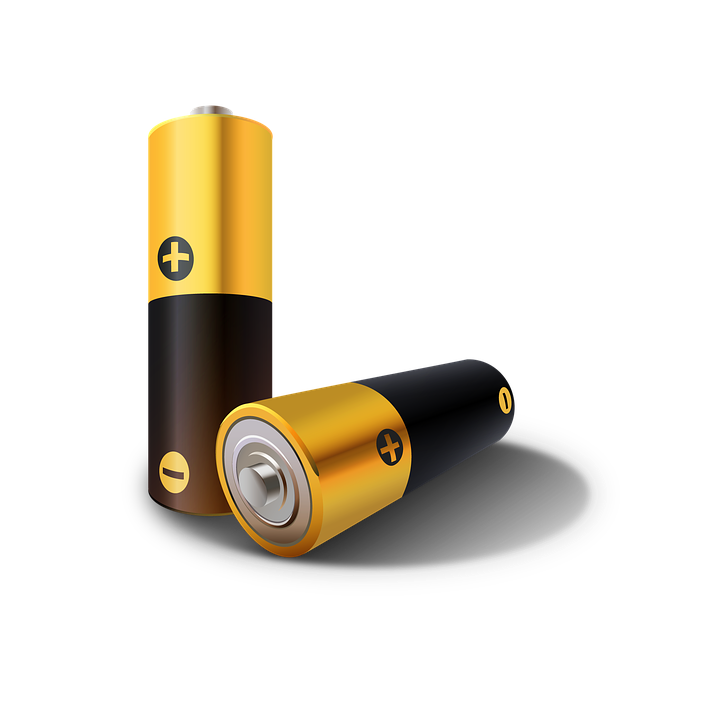By Warren Miller, contributing writer
Battery technology continues to evolve as mobile devices demand more power, longer lifetimes, and improved convenience. There are several different choices for battery type when designing different mobile devices, and each device has different requirements. A quick comparison of different battery types for mobile devices can help match mobile device requirements to the most appropriate battery technology.
Popular battery technologies used in mobile devices include lithium-polymer, lithium-ion, nickel cadmium, and nickel metal hydride. Batteries usually have a common architecture — they’re typically constructed with a positive electrode, a negative electrode, a separator and an electrolyte. The electrolyte provides the conductive medium. The separator allows only ions to pass between the electrodes, but not the actual electrode particles. The electrodes provide a source of and a sink for the charge carriers that provide the battery current. Batteries are either rechargeable — if the ion-generating process is reversible — or non-rechargeable, if the process only operates in one direction.
Lithium-ion (Li-ion) is a rechargeable battery technology using lithium. Lithium ions move from the negative electrode to the positive electrode during discharge. When charged, the ions move in the opposite direction. Li-ion uses a liquid electrolyte to allow ions to move between the electrodes. Lithium-polymer (Li-poly) is a rechargeable battery also using lithium-ion technology but substitutes a semisolid gel-like polymer electrolyte instead of the liquid one used in Li-ion batteries. Nickel cadmium (NiCad) batteries are rechargeable and use nickel oxide hydroxide and metallic cadmium as electrodes. Nickel metal hydride (NiMH) batteries are rechargeable and also use nickel oxide hydroxide on the positive electrode, like their NiCad cousins, but substitute a hydrogen-absorbing alloy instead of cadmium.

Image source: Pixabay.
There are typically three basic battery characteristics that mobile device designers need to be concerned with: chemical composition, size, and weight. A comparison of Li-poly and Li-ion batteries can help understand common trade-offs for these parameters. Li-poly batteries are smaller and lighter that Li-ion batteries, and although they have lower energy density, they don’t require an “active protection circuit” to prevent them from bursting into flames. In larger devices with higher current requirements, Li-ion batteries are more commonly used. In smaller devices, Li-poly batteries are preferred. Li-poly batteries are usually user-replaceable as well, whereas Li-ion batteries aren’t. Li-ion batteries are cheaper to manufacture, however, so there’s a give and take.
Lithium-ion and polymer batteries are preferable to their NiCad and NiMH counterparts, largely because they don’t suffer from the so-called “memory effect,” meaning that their charging cycles don’t get smaller when they are not completely discharged before being recharged. Additionally, NiCad batteries are toxic and can’t be disposed of easily, making them almost obsolete. New lithium technology will allegedly increase battery life 1,000 times and reduce charging time to a matter of seconds but is still very early in the development stages. Cost will be a factor as well.
The future of cellphone battery technology is probably lithium-air (Li-air) technology. The battery draws in oxygen from the air to react with the lithium, resulting in the discharging of energy. While promising, this is still considered a “horizon technology” and may not be commercially available for another decade. Early prototypes lose 20% of their capacity after only a dozen charging cycles. Lithium-sulphur batteries are also on the horizon, but they lose 20% of their capacity after just 100 charging cycles. Li-ion batteries don’t lose that much capacity until after as many as 1,000 cycles.
See additional information on battery materials for ultrafast charging and discharging.
Advertisement
Learn more about Electronic Products Magazine





